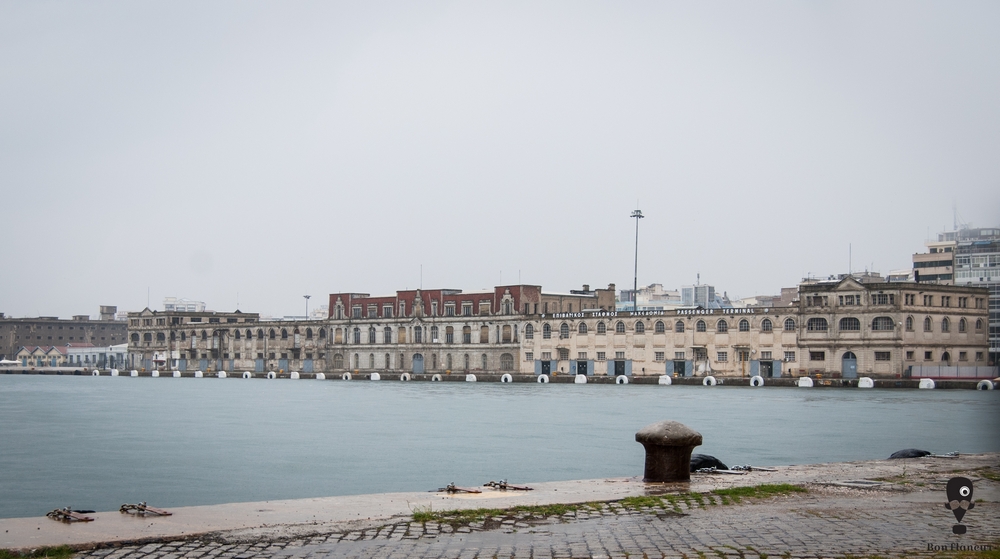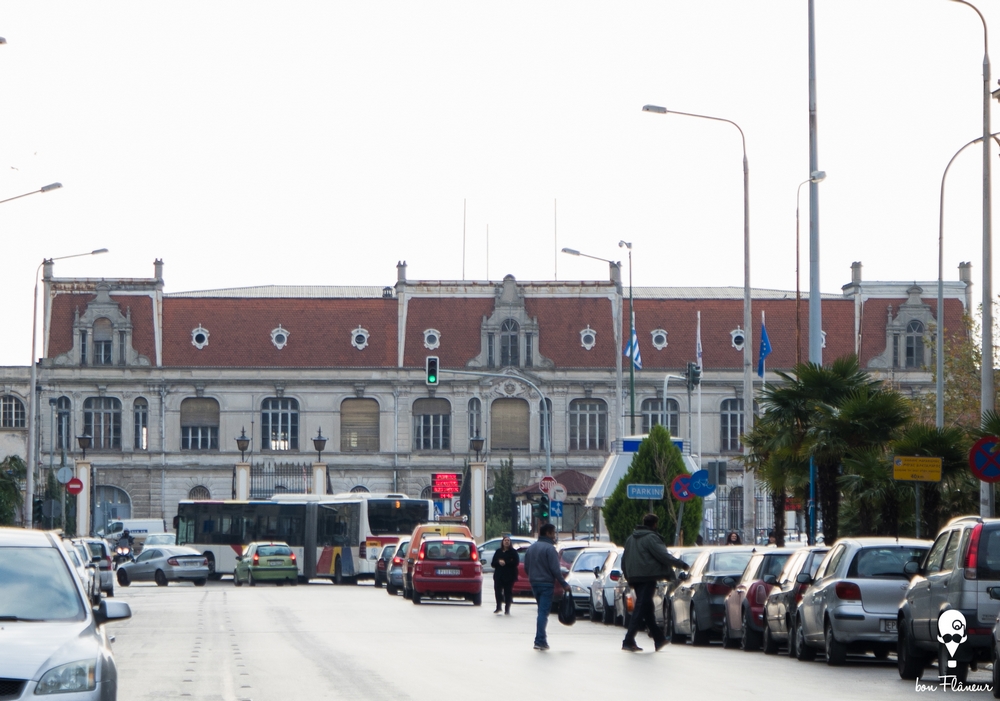Old Customs
The Old Customs has symmetry in its composition, Neo-Renaissance and other eclectic elements on its facades.
Location
Timeline
Modern and Contemporary era (1912 - )
1940 Severe damage from Italian and German bombings during a period of four years.
1950 Repair works were held.
1978 The 1978 earthquakes and marine erosion have caused significant static damage, which has lasted to this day, resulting in its evacuation.
Ottoman era (1453- 1912)
1896 "Societe anonyme ottomane de construction du port de Salonique" took over the operation of the port.
1904 Construction of the historical building in the harbour and the Old Customs begins. The project was completed in 1910.




Share